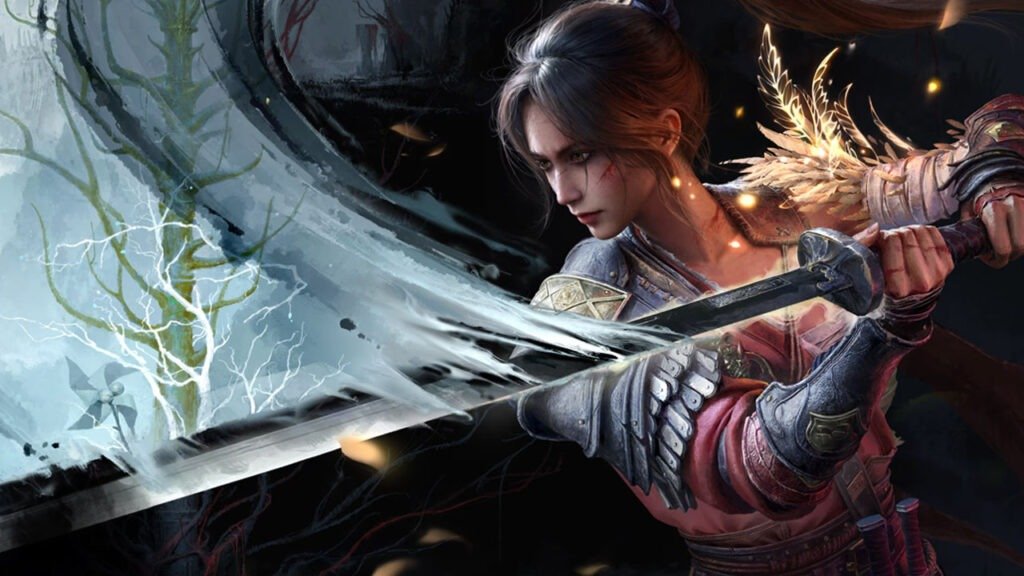Wuchang: Fallen Feathers on PS5 Pro
Among a glut of Soulslike games, it is always going to be a challenge to stand out. After all, when the genre has welcomed juggernauts like Elden Ring, Lies of P, The First Berserker: Khazan, and more, the battle for attention is hard enough. For Leenzee Games and 505 Games, much of the secret sauce for Wuchang: Fallen Feathers lies in its undeniably good looks.
That’s not to say the game outperforms its contemporaries visually by any means. But, rather, it is the coming together of everything that enhances the appeal of this action role-playing romp through the late Ming dynasty. From the war-ravaged countryside to sprawling cityscape, invaded by demons and monsters under the insidious influence of the dangerous red mercury, this is a 30-40 hour adventure that never wears out its welcome on the eyes.
The World of Wuchang: Fallen Feathers
As Bai Wuchang, an amnesiac, afflicted warrior at the heart of the action, it is up to you to navigate the plague-stricken lands of Shu and put in your best attempt at unravelling the mystery behind the Feathering disease. This means plenty of tough-as-nails combat and exploration, seeking every nook and cranny to find vital information and key items that can help you on this quest.
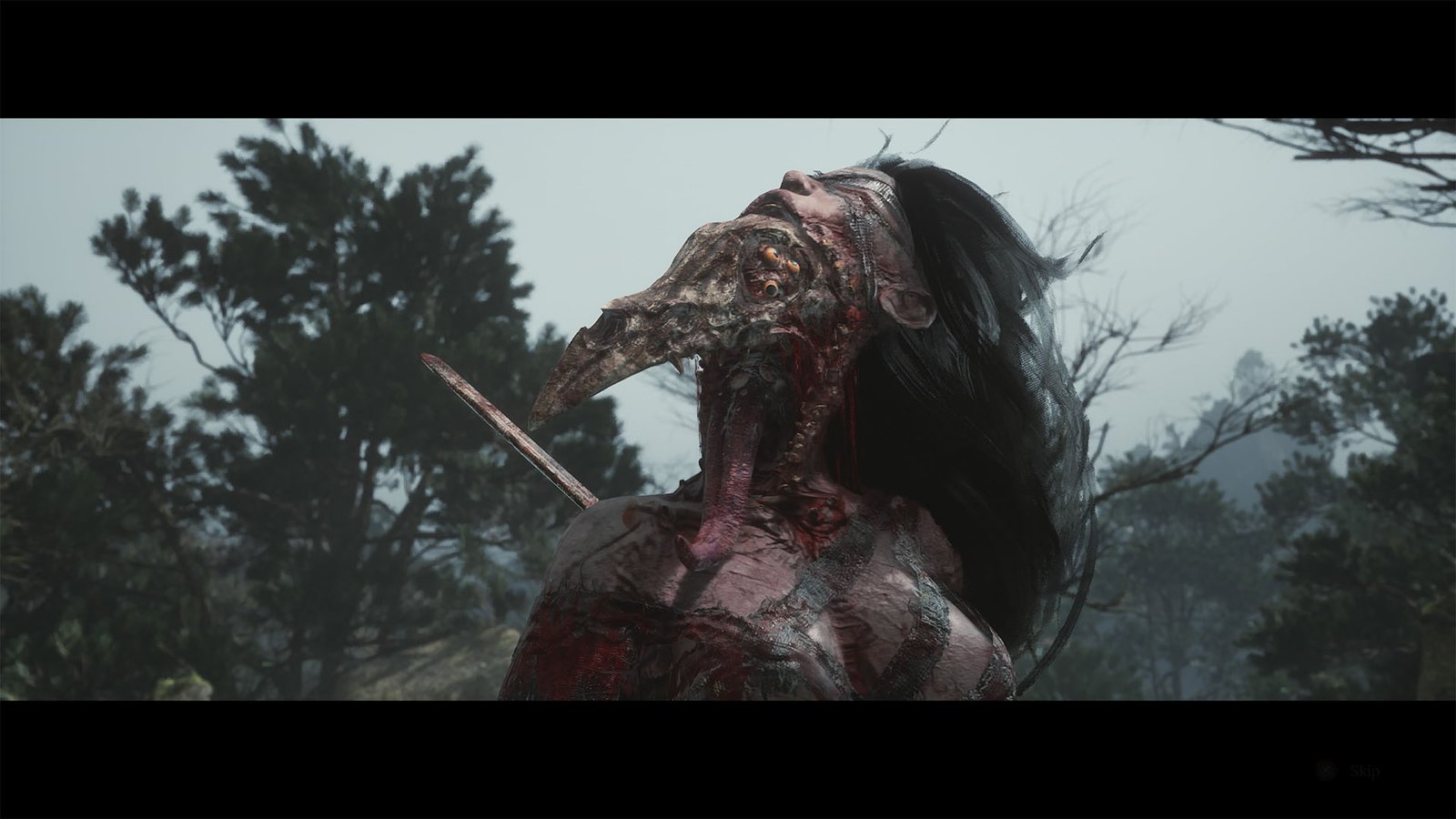
The richly realised, folklore-infused Chinese architecture and environments, including various villages, forests, temples, wrecked Ming battlegrounds, and more, are more than just eye candy. Dangerous and menacing foes are aplenty in this world, and were it not for their aggressiveness, it would be nice to be able to take a break and marvel at them up close, such is their overall design. Save from the typical humanoid enemies, the creatures on display are some of the best-looking enemies I have seen in a while.
Wuchang: Fallen Feathers is not afraid of mixing in the new with the old, so you’ll get your fair share of corrupted peasants, imps, and skeletons. Venture deeper, however, and as the game progresses, hulking automatons, giant winged demons, and powerful avian foes start to show up on the regular, along with other nasty surprises I won’t spoil for you.
Suffice to say, the developers have made the most of historical context and mythical elements drawn from the legends of old, adding a layer of environmental storytelling that complements the otherwise enigmatic storytelling (more on that later). That has become a genre staple at this point, and for players wanting to learn more, you’d best brush up on those combat skills.
Combat in Wuchang: Fallen Feathers
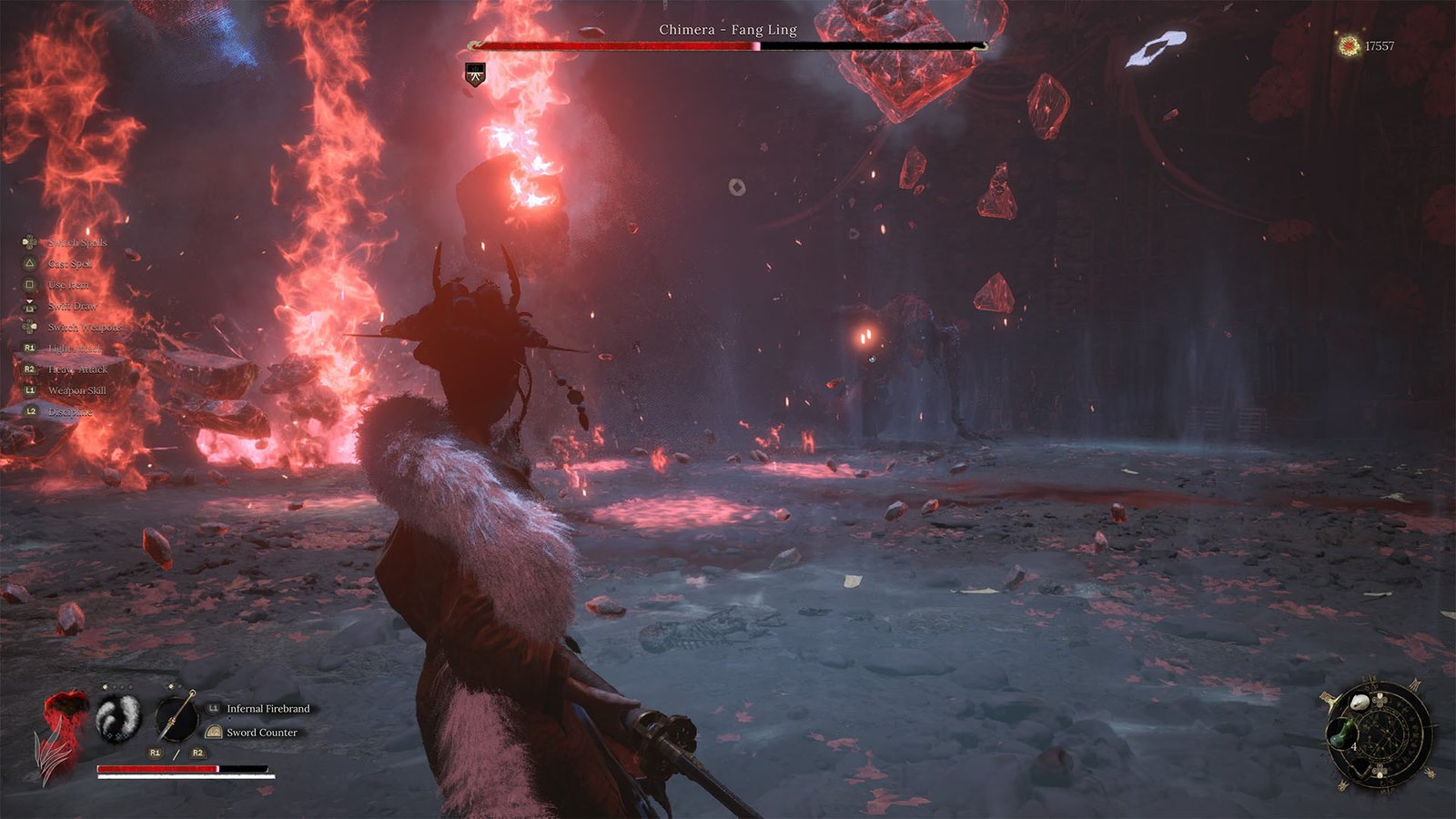
While games like Sekiro: Shadows Die Twice and Lies of P tend to reward aggressive approaches, the opposite is significantly true here in Wuchang: Fallen Feathers. Sure, you can still try to brute force your way through enemies, but even the supposed cannon fodder can put up quite an intense fight.
The key to winning in combat lies in Skyborn Might, a fancy name for the resource required to unleash strong weapon discipline skills and magic spells. Through the corruption of the disease, it enables Wuchang to tap into otherworldly martial arts and moves, but the caveat is that you must first have Skyborn Might.
Initially, you are only able to gain one count of the resource by dodging right before a hit connects, but as you accrue enough red mercury to level up, you can unlock nodes on the skill tree that add more ways to build it up. This essentially forces you to take things a little slower, giving yourself enough room to learn the patterns of enemies and then turn the tables on them once you are ready.
This is especially so against the more powerful mini-bosses with red, glowing eyes, as well as the more daunting named bosses that have arisen. It is pretty refreshing in action, and when you can find the right magic and weapon skills to suit your style, the combat just sings as you switch between weapons, use the elements to your advantage, and just about eke out a win. Even at the late-game stage with expanded capacity and a bevvy of powerful abilities to utilise, the fights in Wuchang: Fallen Feathers are never a cakewalk, and that’s a good thing.
Finding the Right Arms
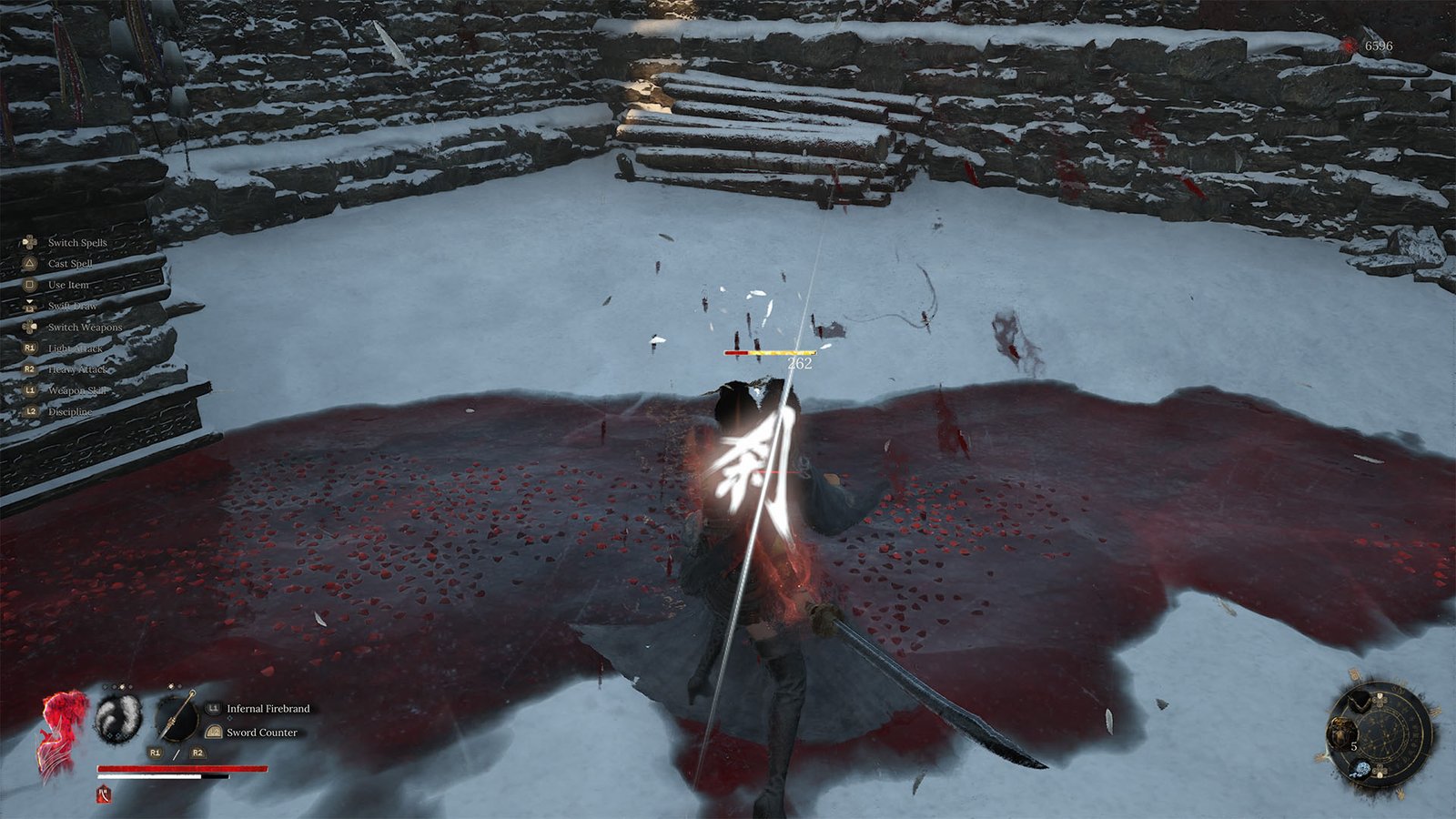
Your choice of weapon figures heavily into the combat experience as well. While the game doesn’t offer difficulty options, your primary weapon and its corresponding skill tree do that job. Using an axe, for instance, enables you to block attacks at the cost of stamina, reducing damage taken. Dual Blades uses a mechanic called Clash, which mitigates some of the damage when you attack at the same time as your opponent, while Longswords have a Sword Counter that can deflect and stagger opponents if you time it right. Spears and one-handed swords have their own mechanics as well.
And although you can have two different weapons equipped and switch between them, the investment required to flesh out a particular weapon skill tree fully suggests that it’s better to focus on one main path with the right stat boosts and abilities. And in doing so, you are locked in for the way you have to fight, at least until you decide to reset your character at no cost and pursue another path.
Nevertheless, you will still need to master dodging, and this is another area that can catch players unawares. It will take some getting used to, both in terms of distance and I-frames, when it comes to dodging, but that’s down to the player. What isn’t is the way particular enemies attack, which can come across as unfair. Successive attacks are nothing new, but the timing of them can render a perfect dodge ineffective, as before you can initiate a second dodge, the enemy has already landed another attack.
Even worse, when you inevitably mess up, enemies can pin you down or in a corner, continuing the assault as you determine whether to dodge from a prone position or wait for Wuchang to get up normally. While eventually, you will be able to eliminate the threats methodically, the frustration built up can be as potent as the Feathering disease.
Embrace the Madness
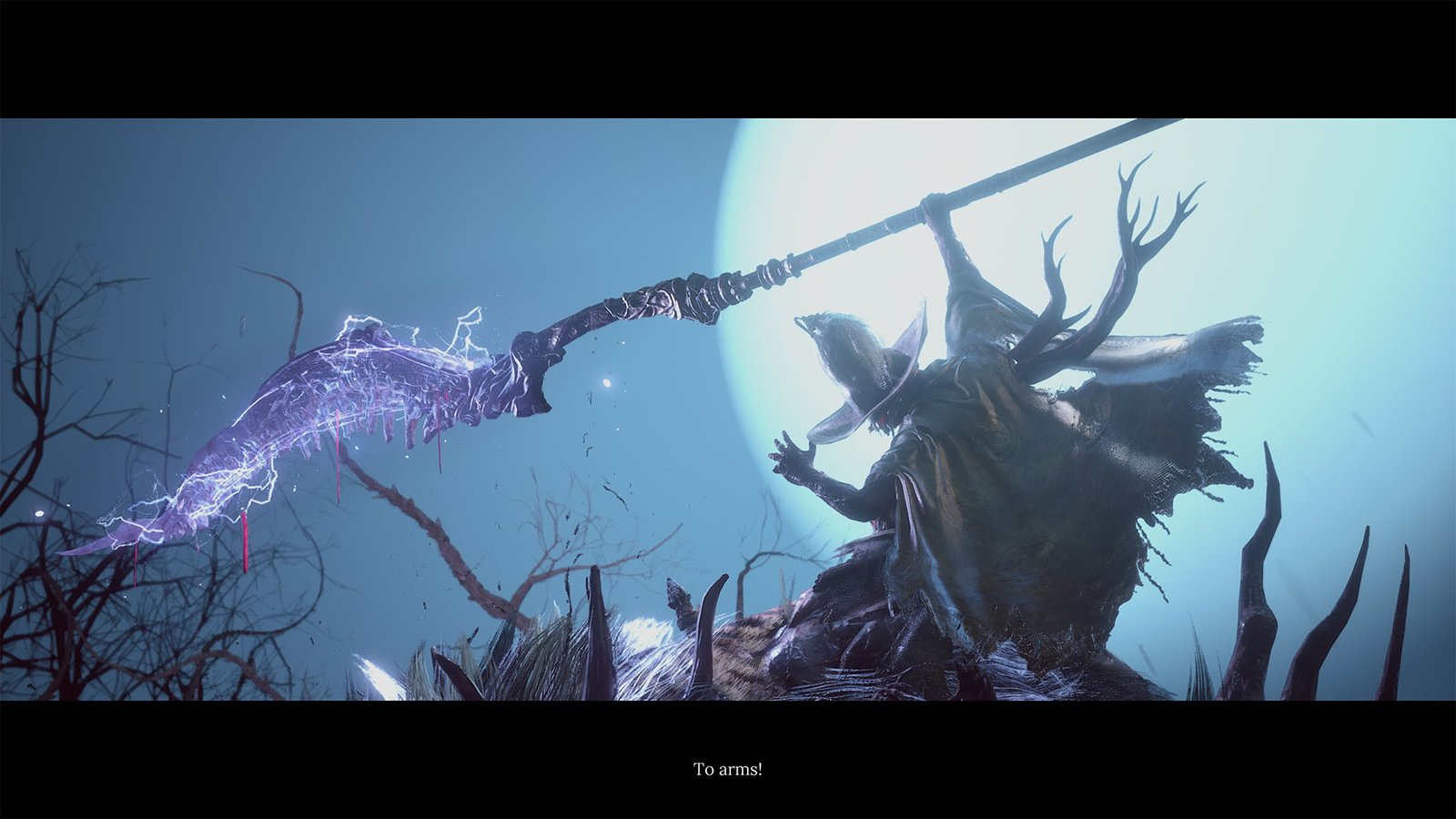
Another interesting way in which Wuchang: Fallen Feathers finds a twist in the Souls formula is through the Madness system. A further expansion of the feathery affliction, the more players die or kill non-infected enemies, the more mad they grow. This unlocks a new layer of abilities players can tap into, granting boons and buffs that come with stepping into the madness, and increasing the risk of losing more of your red mercury stores when you perish.
Fill it all the way up, and things get even more fun. The madness fills Wuchang with increased power, making her hit harder, but at the same time, you receive even more damage, making routine encounters now a risky prospect. Furthermore, if it was a death that caused your madness to reach its peak, an Inner Demon now spawns at where you left your precious mercury.
These are foes that shouldn’t be underestimated, with weapon mastery and discipline skills to rival you. Only by defeating them can you reclaim what you left behind, along with a little added bonus; lose, and everything is gone forever. It is a neat way to teach players about the folly of chasing madness, but for beginners, it can be doubly annoying as you try to get to grips with the combat, as if death weren’t punishment enough.
It also doesn’t help that the way the game marks the spot where you died is not reflected on the in-game compass, can shift position for no reason, and the dark, blueish colour can make it blend into the background. Even if you want to run in and get out quickly, it can be a chore, especially if you want to avoid the threats that killed you in the first place.
The Winding Paths of Wuchang: Fallen Feathers
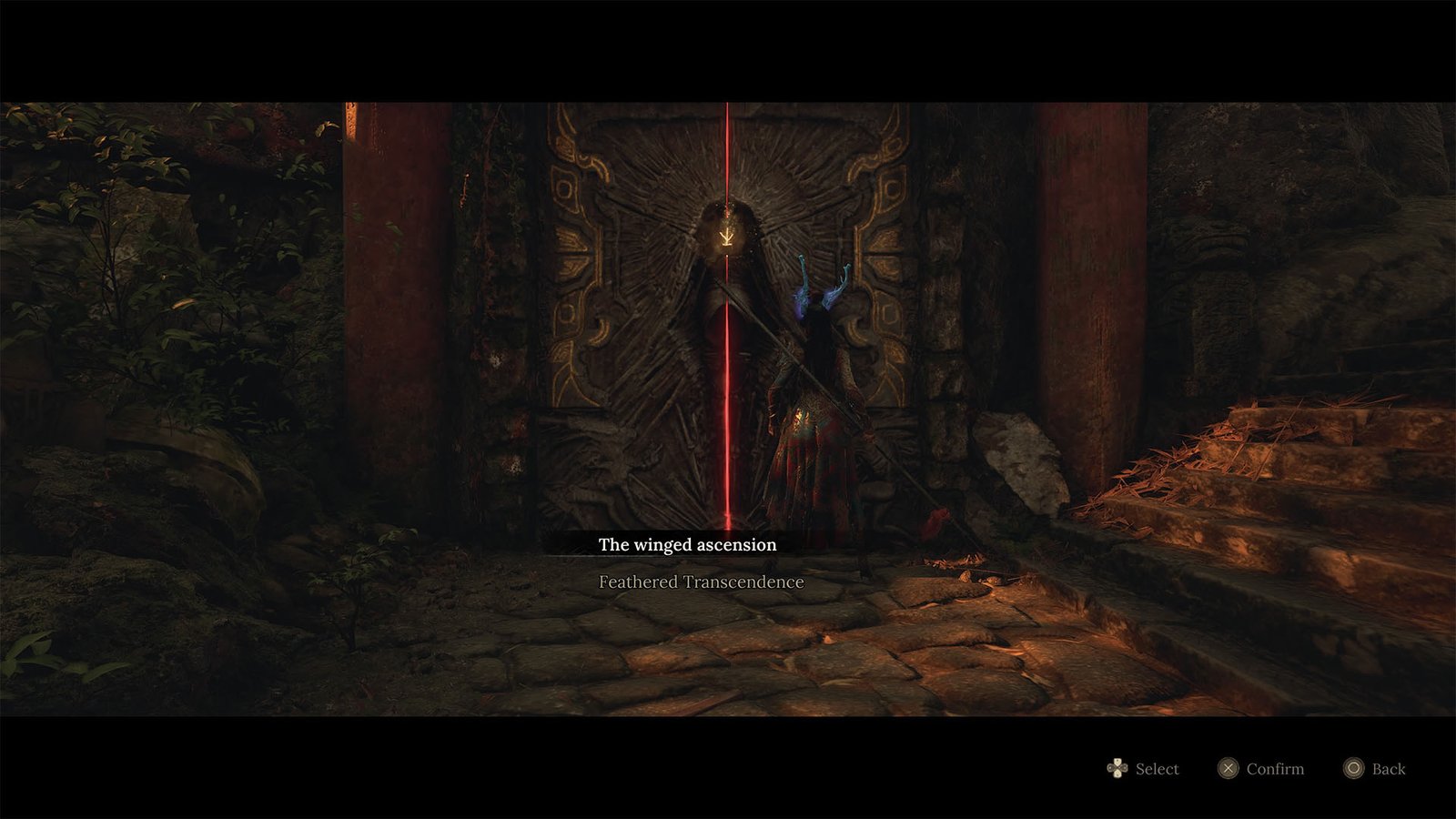
Similar to the other aspects discussed, the level design of Wuchang: Fallen Feathers also veers between the good and the bad. For the former, we are looking at areas that hold plenty of secrets, with paths that lead you to all sorts of sights. See something tantalising? If you are observant, you will eventually be able to reach it, and hopefully with a shortcut unlocked.
The atmosphere and immersion generated by the world are also noteworthy, keeping players on their toes even as you walk through a seemingly safe location. Deeper into the game, and it goes knee deep into full horror mode, with simple environmental puzzles to overcome and a couple of jump scares here and there.
And while I understand the need to make things challenging for the players, the way the game utilises Shrines, which serve as the equivalent of bonfires and checkpoints, can be improved. They tend to feel either too far apart or really near to each other, which offers little value either way. The trek back to where you left off can often be too demanding, and for boss fights, the last thing you want to do is to lose precious health and items on the way to a rematch, only to die in seconds and have to repeat the vicious cycle.
A Narrative Rabbit Hole
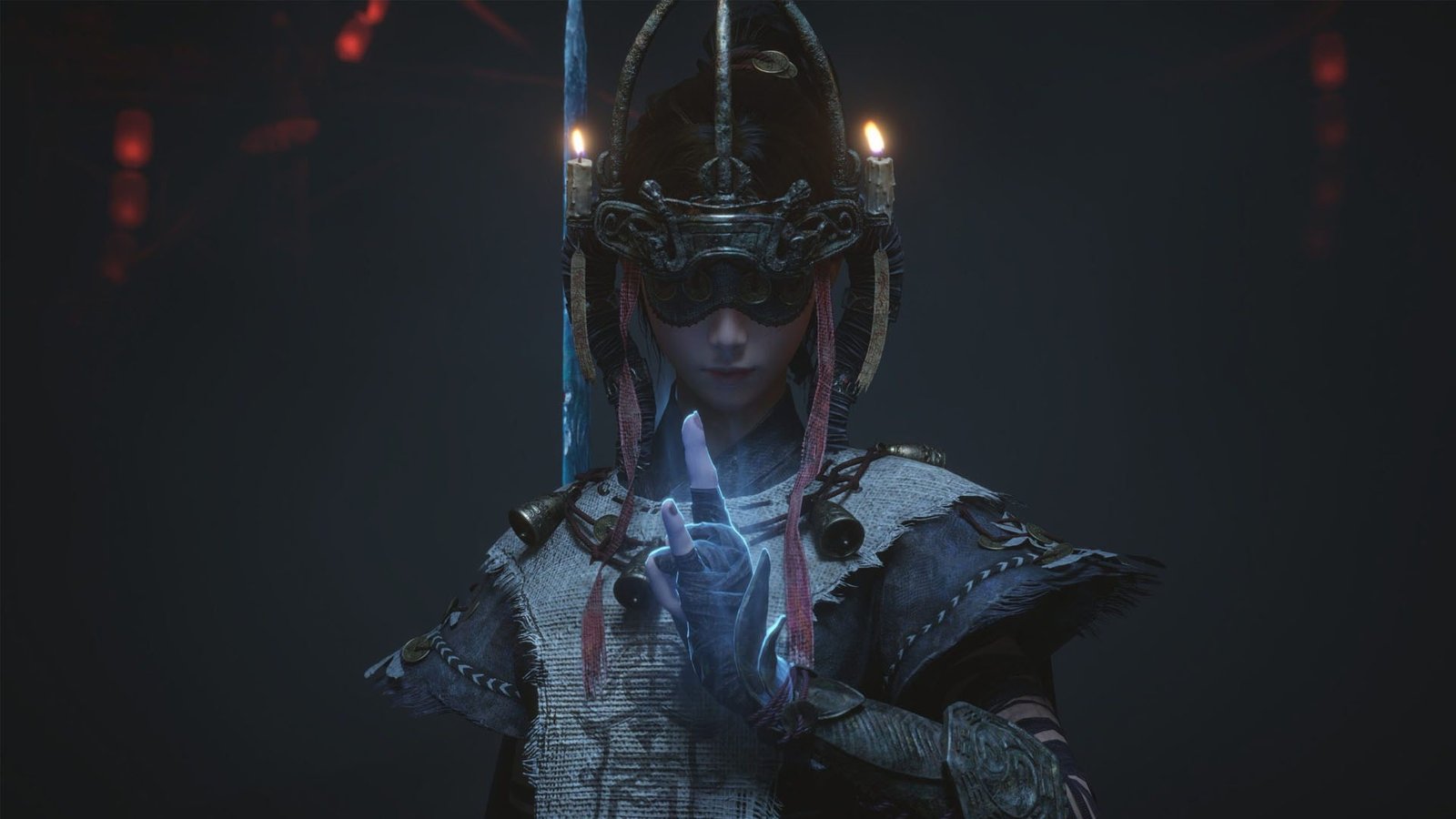
Everything you do in Wuchang: Fallen Feathers is meant to progress the story, and true to the genre, players are expected to dive in if they want to learn more fully. Strange item descriptions, hidden treasures, and a cast of varied characters mean there’s plenty to keep track of, but it is not always rewarding.
The way cutscenes and character expositions are delivered is not as well put together as those of contemporaries, which makes it harder to follow the diverse paths of key characters. You might miss important conversations that open up new paths or revelations if you are only focused on the main story and not head back to the hub, and it’s never good to have some quest items be usable while others aren’t.
Choices that have to be made are also not given the time to shine, nor the context in which they fit into the overall narrative. There are multiple endings to pursue, but it is never clear which path you are headed, which plays into the need to jump into New Game+, but can put other players off. Having played through with both the Mandarin and English VO, the former gave me more of an understanding and appreciation of the plot, but it just isn’t enough.
Why Play Wuchang: Fallen Feathers?
Aside from looking gorgeous in action and in less tense situations, thanks to Unreal Engine 5, the way the studio has been able to infuse the Chinese elements into the Souls genre should be commendable. Like how Black Myth: Wukong has done and what Tides of Annihilation and Phantom Blade Zero hope to do, it is an excellent demonstration of what Chinese studios can do with the right resources and support.
The way combat is different and largely enjoyable, the deep build options provided by an extensive skill tree with varied weapons and spells, and a robust world design that has some rough edges, Wuchang: Fallen Feathers emerges from the darkness as a strong contender that livens up the space. As a debut title, this is more than an impressive showing, and with time, it won’t be a surprise to see this title soar even higher as more players get to grips with its uniqueness and approach.
Wuchang: Fallen Feathers will launch on PlayStation 5, PlayStation 5 Pro, PC, and Xbox Series X|S on July 24.
SavePoint Score
Summary

